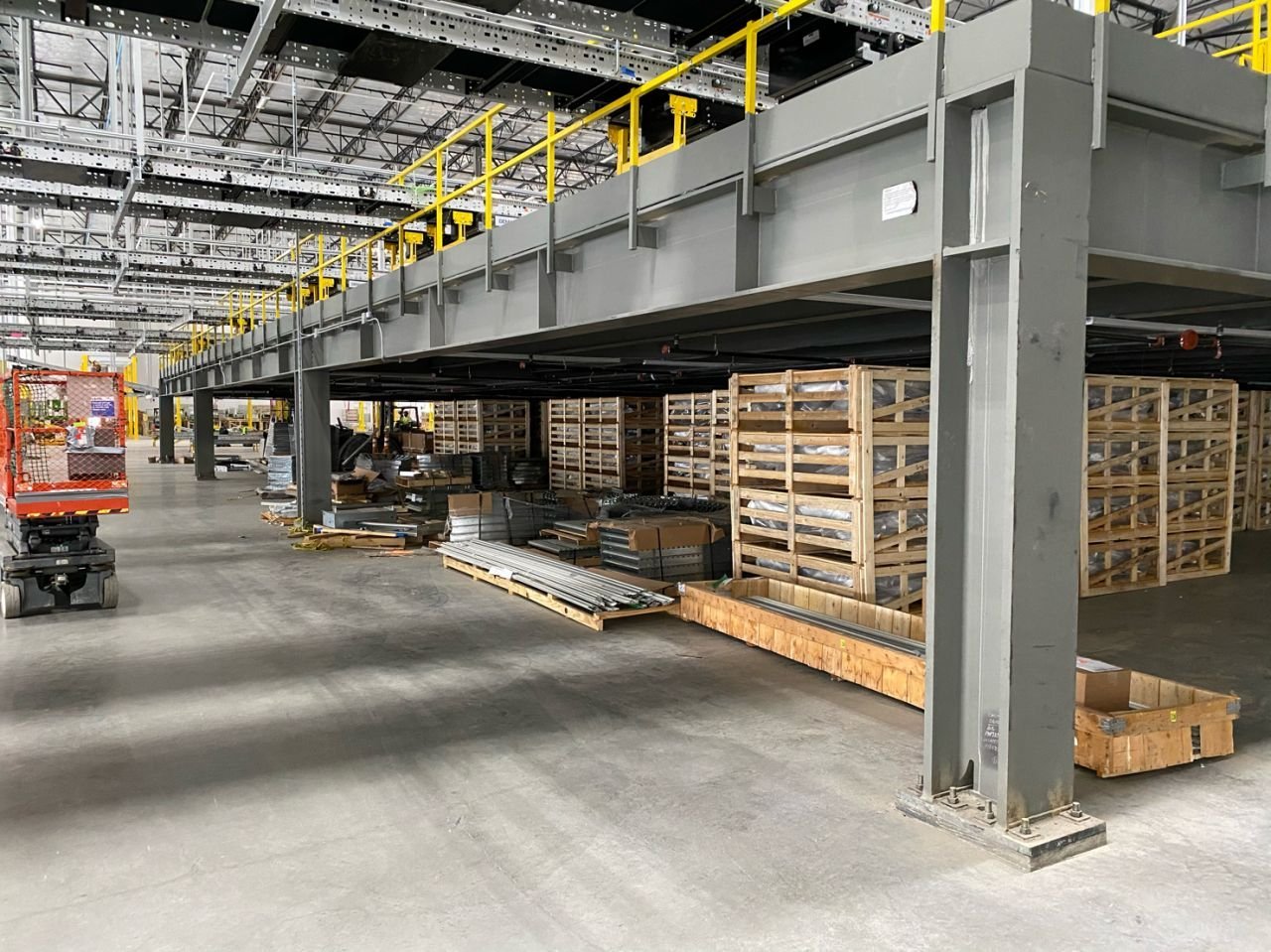Thanks to Amazon, warehouse rents have never been higher
Amazon is one of the most ravenous warehouse buyers on Earth. The e-commerce giant has been on a warehouse buying spree during the pandemic, alongside a few private equity firms like Blackstone. Over the past two years, the company has more than doubled its warehouse holdings from 192 million square feet at the end of 2019 to more than 410 million square feet today.
All that buying is affecting the industrial real estate market. Warehouse vacancies are effectively zero and rents are spiking to record levels around the world, according to a Feb. 10 report from Prologis, the world’s biggest warehouse landlord. Globally, rents rose a record 15% in 2021; in the US and Canada, the average rent hike was nearly 18%.
Amazon didn’t singlehandedly create the rent spike—but it is easily the biggest contributor to the trend. Amazon has pushed the retail industry toward e-commerce, two-day shipping, and free returns, all of which require a lot of warehouse space. And, in its quest to take control of its own supply chains, Amazon has spent billions of dollars each year to buy real estate as quickly as it becomes available.
The supply chain tumult has made it more costly for businesses to move goods around the world, which can in turn lead to price hikes for everything from used cars to Valentine’s Day roses. One sure way to bring those prices back down is to build more warehouses—an effort that could start to reshape the world’s largest cities, as companies vie to buy old shopping malls, storefronts, and horse tracks and convert them into coveted logistics facilities.
Amazon spends big to take control of its supply chains
Amazon was once content to lease nearly all of its warehouses. Leasing allowed the company to expand the reach of its logistics network quickly and test out fulfillment centers in new markets without committing to own them in the long run. But, as the pandemic shook the world’s supply chains, Amazon moved to take control of its logistics operation.
The company has spent over $100 billion on purchases of property and equipment since the start of 2020, including orders for eight out of the 10 largest warehouses being built in the US. Despite all the new construction, Amazon remains a stable tenant for warehouse landlords like Prologis, which has helped keep rental units occupied. The company just hasn’t been able to build new distribution centers fast enough to match the growing demand for e-commerce, Amazon CFO Brian Olsavsky told investors on an Oct. 28 earnings call.
The frenzied pace of Amazon’s supply chain expansion has fueled speculation that the company could be on the verge of launching a delivery business to compete with the likes of UPS, FedEx, and DHL. If that’s true, Amazon will have reason to buy up plenty more warehouses around the globe to meet not just its own logistics needs, but to handle package sorting, delivery, and returns for its clients, too.





